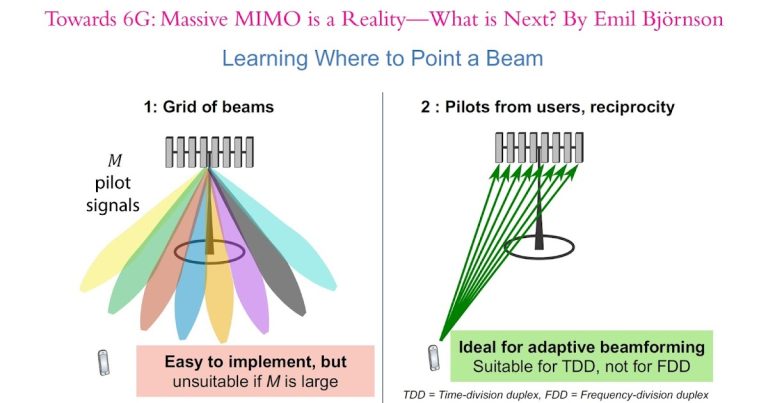Ultra-Wideband (UWB) Explained: How It Works and Why It Matters
telcomatraining.com – Ultra-Wideband (UWB) is a revolutionary wireless communication technology that is gaining traction in various industries. Unlike traditional wireless technologies such as Wi-Fi and Bluetooth, UWB offers exceptional precision, high data rates, and low power consumption. This article explores how UWB works, its key advantages, and why it is becoming increasingly important in modern applications.
What is Ultra-Wideband (UWB)?
Ultra-Wideband (UWB) is a short-range wireless communication technology that uses low-power radio waves across a wide spectrum of frequencies, typically above 500 MHz. Unlike conventional narrowband technologies, which use a specific frequency range, UWB transmits signals over a broad frequency spectrum, enabling it to deliver high-speed data transmission and precise location tracking.
How UWB Works
UWB operates by sending extremely short pulses of radio waves across a wide bandwidth. These pulses help determine precise distances between devices by calculating the time it takes for a signal to travel between them. This technique, known as Time of Flight (ToF), allows UWB to measure distances with sub-centimeter accuracy, making it superior to traditional wireless positioning technologies.
UWB signals are resistant to interference because they use a wide range of frequencies, ensuring reliable communication even in environments with signal congestion. Additionally, because UWB operates at low power levels, it does not interfere with other wireless technologies, making it an ideal solution for various applications.
Key Advantages of UWB
- High Precision Location Tracking – UWB can determine the exact location of objects or devices with an accuracy of less than 10 cm, making it ideal for real-time tracking applications.
- Low Power Consumption – UWB operates at low power levels, extending battery life in IoT devices and wearable technologies.
- High Data Transfer Rates – UWB can deliver data rates of up to several hundred Mbps, making it suitable for fast and secure communication.
- Interference Resilience – Since UWB spreads signals over a broad frequency range, it is less susceptible to interference from other wireless technologies.
- Enhanced Security – UWB uses precise distance measurements, reducing the risk of unauthorized access and enhancing security in applications such as contactless payments and secure access control.
Applications of UWB
- Smartphones and Wearable Devices – UWB is integrated into modern smartphones to enable precise location tracking, file sharing, and enhanced connectivity with smart devices.
- Automotive Industry – UWB improves keyless entry systems, allowing for secure and reliable vehicle access.
- Industrial and Logistics Sector – UWB is used for asset tracking in warehouses, improving efficiency in supply chain management.
- Healthcare – UWB technology aids in real-time location tracking of medical equipment and personnel, enhancing hospital management and patient safety.
- Smart Homes – UWB enhances automation and security in smart home devices, allowing seamless interaction between connected devices.
Why UWB Matters for the Future
With the rapid growth of IoT and connected devices, UWB is expected to play a crucial role in enabling next-generation communication and tracking systems. Companies like Apple, Samsung, and automotive manufacturers are actively integrating UWB into their products, highlighting its growing importance in the technology landscape.
As industries continue to adopt UWB, we can expect advancements in smart infrastructure, indoor navigation, and seamless device interaction. The precision, security, and efficiency of UWB make it a game-changer in wireless communication, positioning it as a key technology for future innovations.
Conclusion
Ultra-Wideband (UWB) is transforming the way devices communicate and interact, offering unprecedented accuracy, speed, and security. As industries continue to integrate UWB into various applications, its potential will only grow, paving the way for a more connected and efficient world. Whether in smartphones, automotive systems, or industrial applications, UWB is set to revolutionize the future of wireless technology.







